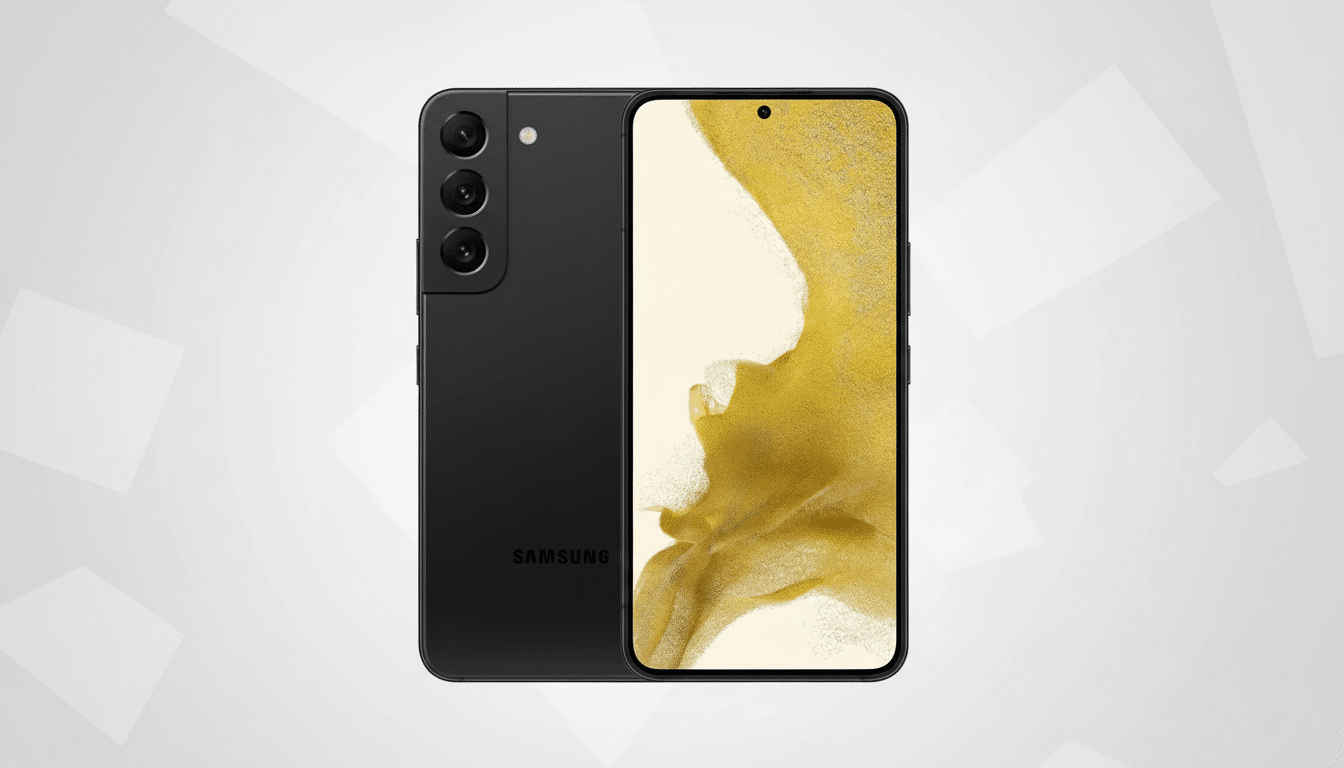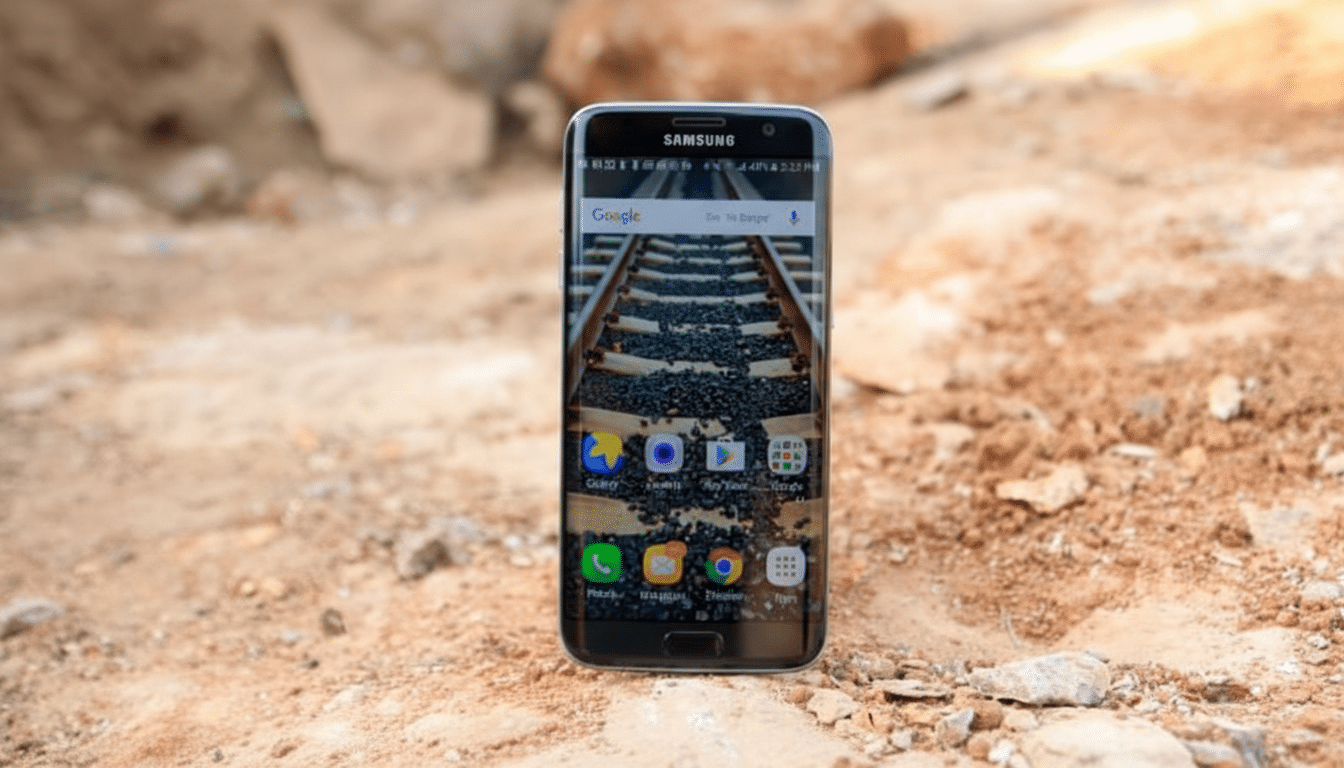Scrutiny over the reliability of emergency calls has been heightened following the tragic death of a man in Australia whose Galaxy handset allegedly failed to make a connection to 000. The victim, who was on a Vodafone-owned network through Lebara, had active service but was unable to contact Triple Zero. The carrier group TPG said to the stock exchange that no outage was discovered but an “unsupported” Samsung device, subject to recent advisories, was connected.
What We Know About The 000 Call That Failed
According to communications released to regulators and investors, the call attempt didn’t connect despite network availability. The phone is thought to be one of more than 70 older Samsung devices listed by all major Australian carriers as unsuitable for emergency dialing if not regularly updated. This incident comes after wider concerns were raised when an earlier nationwide telco outage disabled Triple Zero access and was associated with a number of deaths, showing how individual points of failure can snowball into life-or-death outcomes.
- What We Know About The 000 Call That Failed
- The Technical Issue Linked To 3G Shutdowns
- Which Samsung Models Are At Fault for Failed 000 Calls
- Regulators Step In After Failed 000 Emergency Call
- Why We Still Can’t Call 911 in the Smartphone Age
- What Consumers Should Do To Ensure Reliable 000 Access
- The Bigger Accountability Gap in Emergency Call Systems

The Technical Issue Linked To 3G Shutdowns
At its heart is how certain legacy Galaxy firmware handles emergency calls if the user’s home network is not reachable. In Australia you should also have 000 calls route over any available network, outside of a customer’s plan. Carriers and Samsung have confirmed that certain old builds experience a circuit switched fallback to 3G when attempting to make a 000 call. Now that the 3G network is gone, the device is likely to misdirect that call to a network that has already closed down.
This is an old-fashioned transition risk. Devices that depend on old call paths can break as operators sunset 3G and transition completely to VoLTE and 4G-only emergency services. Australian carriers have said 3G accounted for a declining share of total mobile traffic before switch-off, at least by the time it fell to below 1% for some networks, but that sliver still counts when one is pursuing failovers baked into older software.
Which Samsung Models Are At Fault for Failed 000 Calls
Telstra, Optus and TPG collectively distributed lists of 71 Samsung phones that are considered unsupported for emergency calling without user action. Telstra also found about 60 devices that could be solved through a software upgrade, and another 11 that were unable to be updated, so needed to be switched out. These are largely older Galaxy phones from before VoLTE-first emergency plans.
Samsung said it was working with carriers to solve the issue. Firms encouraged users to update their software by a predetermined date and are even issuing warnings, threatening that non-compliant handsets may face blockage for network protection purposes around 000 access.

Regulators Step In After Failed 000 Emergency Call
The Australian Communications and Media Authority is considering possible breaches of the strengthened Triple Zero rules. Those rules, which are already in place, oblige carriers to test each supported handset model every six months for connectivity when placing an emergency call. Among areas of inquiry for the regulator are whether devices on a public “unsupported” list were sufficiently flagged to consumers and whether operator protections were adequate during and after the 3G wind-down.
Why We Still Can’t Call 911 in the Smartphone Age
Emergency calls are designed to trump many device and network circumstances, but the reality is more nuanced. Phones today play hopscotch between VoLTE, Wi‑Fi calling and old-fashioned circuit-switched routes, their firmware making routing decisions in fractions of a second. For system software that assumes a fallback to a deprecated network, this could fail (silently) the 000 attempt. This is a similar, but not isolated, issue elsewhere: There was a well-publicized Android bug in the United States that at one point ruined calls to 911 when another app instance caused a one-in-a-million crash, and it forced both Google and the app developers to act quickly.
Indoor location solutions could work with evolving Advanced Mobile Location and next-generation emergency services to increase success rates and improve caller location, too. But as networks change, figuring out a way to create backward compatibility for life-critical functions is a moving target that demands close coordination among device makers, carriers and regulators.
What Consumers Should Do To Ensure Reliable 000 Access
- Check immediately for software updates and ensure VoLTE is switched on.
- Confirm with your carrier that your specific phone model is supported for 000.
- If your device appears on an unsupported list with no patch available, replace it.
- Enable your phone’s Emergency SOS settings.
- Use Wi‑Fi calling where it’s available.
- Store important medical and contact information in your device’s emergency settings.
- If maintaining a connection is crucial, consider redundancy like a second handset or a landline in weak signal zones.
There is no official way to “test” 000, so the best defense is vulnerability prevention: keep firmware up to date and heed supported device and carrier advisories.
The Bigger Accountability Gap in Emergency Call Systems
This episode raises a more general question of responsibility. Software support windows have been stretched out for new models, and the carriers map network sunsets years in advance, but legacy fleets remain in service. Clearer labeling on devices, proactive outreach when emergency capabilities are threatened and independent validation by regulators could narrow the gap. When the difference between life and death is a single firmware assumption as to whether you can connect a call to 000, transparency and swift resolution become mandatory.

